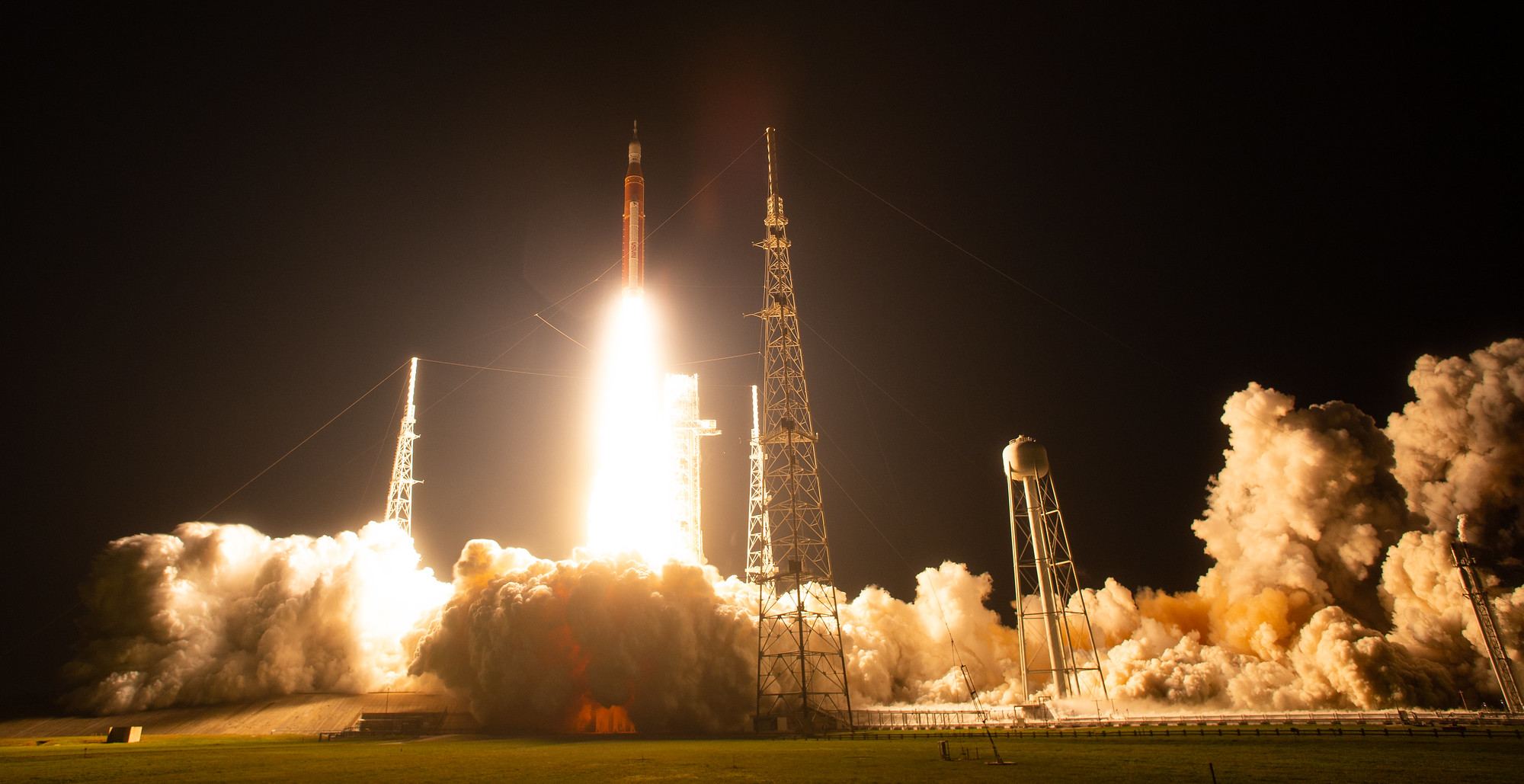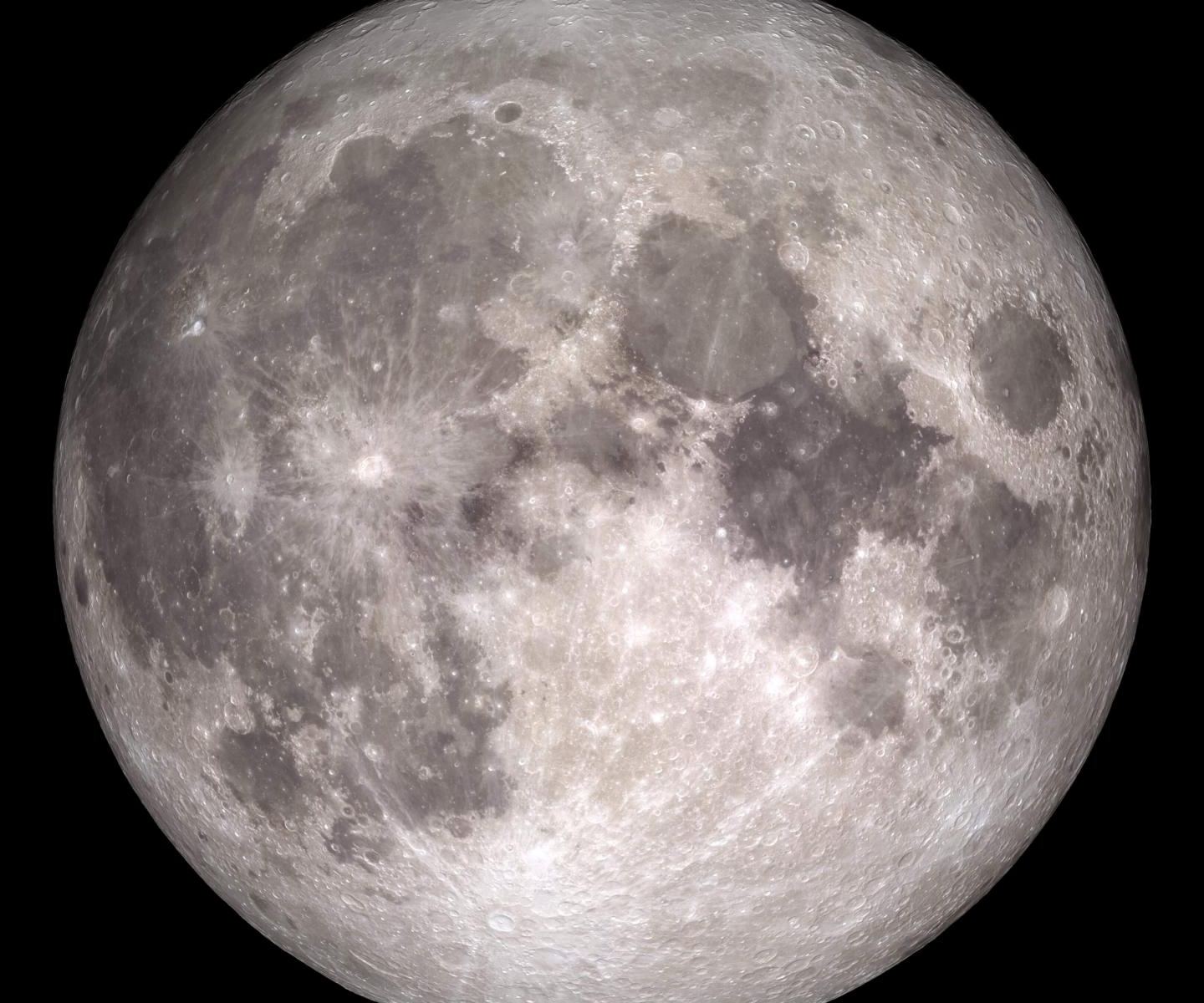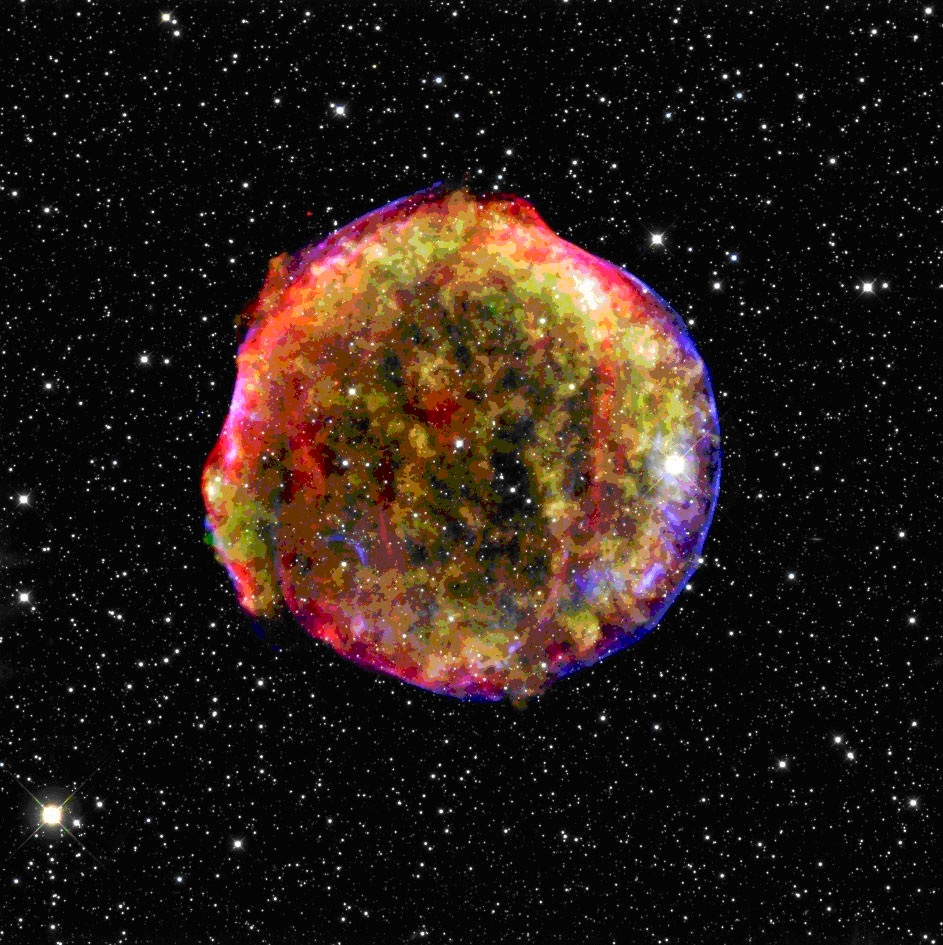[/caption]
Globular Clusters have a story to tell. These dense clumps of thousands of stars are relics of the early history of our galaxy, preserving information of the galaxy’s properties from their formation. Knowing this, astronomers have used globular clusters for nearly 30 years to probe how our galaxy has evolved. New observations from Hubble, add surprising new insight to this picture.
One of the advantages to studying clusters, is that the large number of stars allows astronomers to accurately determine some properties of the constituent stars far better than they could if the stars were isolated. In particular, since clusters all form in a short span of time, all stars will have the same age. More massive stars will die off first, peeling away from the main sequence before their lower mass brothers. How far this point, where stars leave the main sequence, has progressed is indicative of the age of the cluster. Since globular clusters have such a rich population of stars, their H-R diagrams are well detailed and the turn-off becomes readily apparent.
Using ages found in this manner, astronomers can use these clusters to get a snapshot of what the conditions of the galaxy were like when it formed. In particular, astronomers have studied the amount of elements heavier than helium, called “metals”, as the galaxy has aged. One of the first findings using globular clusters to probe this age-metallicity relationship was that there was a notable difference in the way the inner portion and the outer portion of the galaxy has evolved. Globular clusters revealed that the inner 15 kpc evolved heavier elements faster than the outer portions. Such findings allow for astronomers to test models of galactic formation and evolution and have helped to support models involving halos of dark matter.
While these results have been confirmed by numerous follow-up studies, the sampling of globular clusters is still somewhat skewed. Many of the globular clusters studied were part of the Galactic Globular Cluster Treasury project conducted using the Hubble Space Telescope’s Advanced Camera for Surveys (HST/ACS). In order to minimize the time spent using the much demanded telescope, the team was only able to target relatively nearby globular clusters. As such, the most distant cluster they could observe was NGC 4147 which is ~21 kpc from the galactic center. Other studies have made use of Hubble’s Wide Field Planetary Camera 2 and pushed the radius back to over 50 kpc from the galactic center. However, currently only 6 globular clusters with distances over 50 kpc have been included in this larger study. Interestingly, there has been a notable absence of clusters between 15 and 50 kpc, leaving a gap in the fuller knowledge.
This gap is the target of a recent study by a team of astronomers led by Aaron Dotter from the Space Telescope Science Institute in Maryland. In the new study, the team examines 6 globular clusters. Three of them (IC 4499, NGC 6426, and Ruprecht 106) are towards the inner edge of this range, lying between 15 and 20 kpc from the galactic center while the other three (NGC 7006, Palomar 15, and Pyxis) each lie around 40 kpc.
Again making use of the HST/ACS, the team found that all of the clusters were younger than globular clusters from the inner portions of the galaxy with similar metalicities. But three of the clusters, IC 4499, Ruprecht 106, and Pyxis were significantly younger to the tune of 1-2 billion years younger again supporting the picture that inner clusters had evolved faster. Additionally, this finding of a sharp difference helps to support the picture that the outer clusters underwent a different evolutionary process, aside from the rapid enrichment in the inner halo. One suggestion is that many of the outer halo clusters were originally formed in dwarf galaxies and later accreted into the Milky Way due to the timescales on which clusters in such smaller galaxies are thought to evolve.







